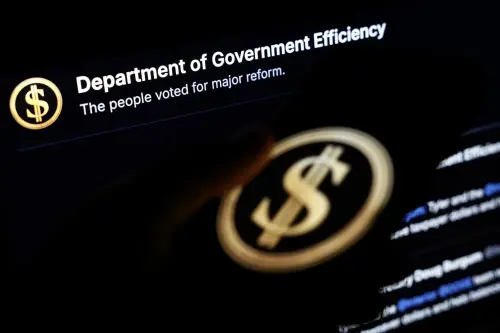There’s been a lot of analysis already on what Donald Trump’s victory says about the concerns of the electorate. Yet voters also made their interests known on hundreds of state and local ballot questions, pointing to policy preferences that shape economic growth, wages, and livability in cities and metropolitan areas. Here are four trends we noted from this year’s ballot box:
Voters showed ambivalence towards amenity-driven economic development strategies
Proposals for new casinos, often promoted as engines for economic growth, were rejected by voters in Massachusetts and New Jersey but approved in Rhode Island. And San Diego residents rejected a proposed tax increase to pay for a new football stadium, suggesting that public support for subsidizing sports facilities is waning against other priorities.
Meanwhile, subsidies to spur manufacturing growth were a winning proposition. In Alabama, voters approved a measure to allow its cities to create “21st Century Manufacturing Zones,” in which localities seek to attract manufacturing jobs through tax incentives. Though, as we’ve written previously, using incentives to attract firms can be an inefficient way to create jobs; incentives for value-added sectors, rather than individual firms, is a better approach. Furthermore, this state initiative grants localities much-needed flexibility to exercise their own tax-and-spend policies and address their unique needs.
Voters are seeking to boost wages through public policy.
Four geographically and politically diverse states—Arizona, Colorado, Maine, and Washington—voted to raise the minimum wage. Another state, South Dakota, rejected a proposal to lower the minimum wage for young people. This suggests a growing frustration with federal inaction on this issue—the $7.25 minimum wage hasn’t increased since 2009—as well as a deep concern about stagnating wages nationally.
Support for local and regional transportation investment remains strong.
Voters have consistently demonstrated their interest in raising taxes or expanding borrowing authority in order to invest in infrastructure, and this year was no exception. Over $200 billion in public transit investments were on the ballot. Among them was a $120 billion rail and bus expansion plan in Los Angeles, a $54 billion plan to extend light rail, bus rapid transit, and other capital projects in Greater Seattle, and a $2.5 billion proposal to increase rail capacity and reliability in Atlanta. All three of these measures, and dozens of other smaller ones, were approved.
Infrastructure investment on the ballot extended beyond transit. In Rhode Island, voters approved the issuing of $70 million in bonds to improve port infrastructure, while voters in Larimer County, Colorado, approved efforts to expand broadband access to rural areas. These projects would complement much-needed investment in transportation, energy, water, and broadband infrastructure at the federal level.
Voters are grappling with the challenges of affordable housing.
Voters in Californian metropolitan areas considered a large number of proposals to address rising housing costs. In San Diego, voters voted to expand the number of subsidized housing units in the city, but rejected new zoning regulations allowing for denser development. In Los Angeles, voters approved new requirements for affordable housing and employing local workers. In San Francisco, voters approved a slate of initiatives to expand affordable and middle-income housing supply and align economic, workforce, and community development efforts in the city. On the other side of the country, Rhode Island voters approved of issuing $50 million in bonds to fund affordable housing and urban revitalization.
Taken together, these ballot decisions suggest a collective willingness on the part of voters to act boldly at the state, regional, and local scales. President-elect Trump and the new Congress should take heed and match down-ballot action with their own to modernize our infrastructure, strengthen our manufacturing sector, expand affordable housing supply, and ensure that hard work is matched with a livable wage. A strong federal-local partnership would do much to promote economic growth and opportunity in the United States.
Thanks to Jeff Giantonio for providing research assistance on this post
The Brookings Institution is committed to quality, independence, and impact.
We are supported by a diverse array of funders. In line with our values and policies, each Brookings publication represents the sole views of its author(s).








Commentary
Four trends from state and local elections
November 11, 2016